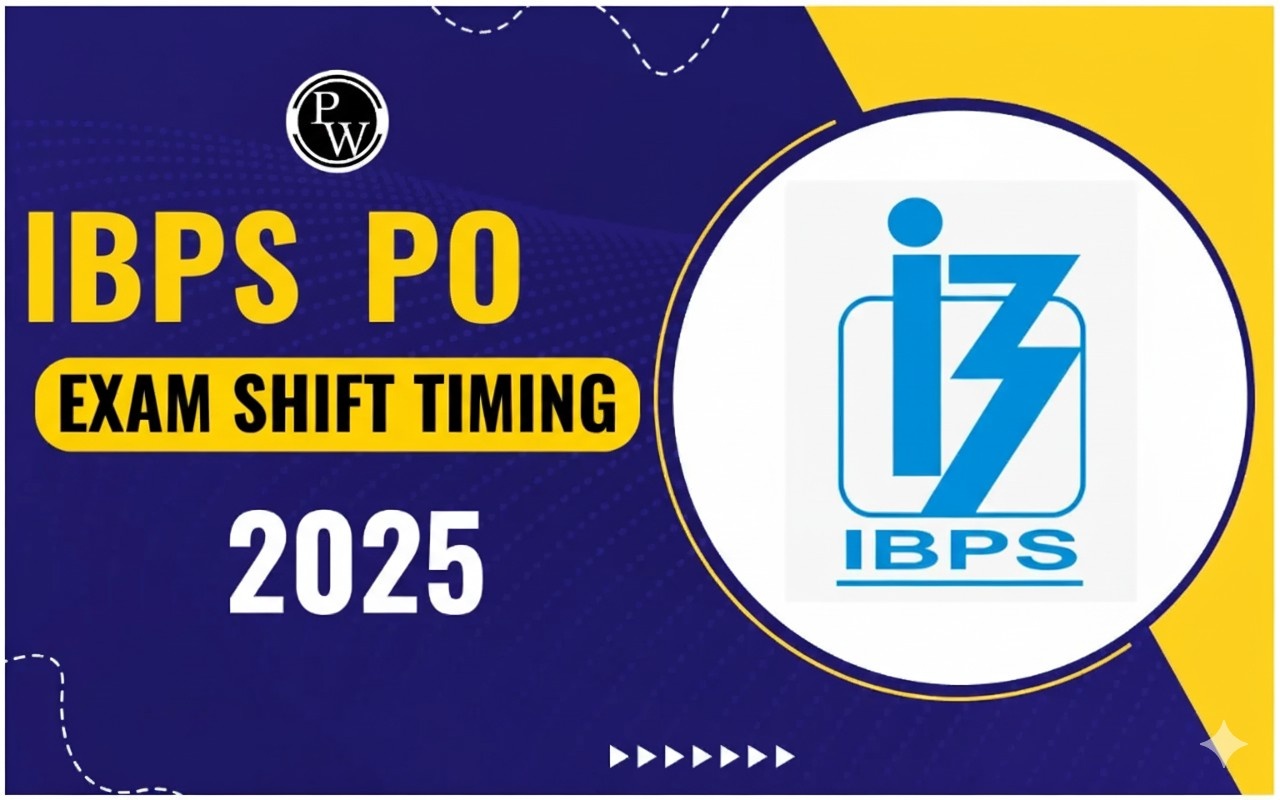
Public Sector Banks Privatization
Public Sector Banks Privatization: Banks plays a crucial role in fostering economic growth, yet the banking sector in India, primarily dominated by public sector banks (PSBs), has fallen short in serving the economy and its stakeholders. Despite numerous policy initiatives over the past decade, PSBs have consistently underperformed. Concurrently, private banks have demonstrated improved performance and garnered significant market share. In this article, we will understand the need, pros and cons of public sector banks privatization.
Public Sector Banks Privatization Meaning
Public Sector Banks Privatization involves the transfer of ownership, property, or business from the government to the private sector. This shift is aimed at enhancing efficiency and objectivity within the company, attributes often perceived to be lacking in government-owned entities. India initiated privatization during the landmark reforms of 1991, known as the 'New Economic Policy or LPG policy.'
Public Sector Banks Privatization List
Public Sector Banks Privatization has been a subject of consideration for India's 19 nationalized banks. Proponents cite the efficiency and strict governance of private sector banks, their appeal to foreign investors, and the potential reduction of the government's financial burden.
However, concerns include potential adverse effects on the middle class and poor, the social welfare focus of public sector banks, and the risk of economic inequality.
- India presently boasts 12 Public Sector Banks (PSBs), including prominent names like State Bank of India, Punjab National Bank, Bank of Baroda, Canara Bank, Punjab & Sind Bank, Indian Bank, Union Bank of India, Bank of India, Bank of Maharashtra, Central Bank of India, Indian Overseas Bank, and UCO Bank.
- In the quarter concluding on June 30, these banks achieved a noteworthy net profit of Rs 34,418 crore, a substantial increase from the Rs 15,307 crore reported in the corresponding quarter of the previous year. Additionally, the gross Non-Performing Assets (NPAs) demonstrated an improvement, decreasing from 14.6 per cent in March 2018 to 5.53 per cent by December 2022.
- Initially, the government contemplated the privatization of smaller banks, including those emerging from the Reserve Bank of India's prompt corrective action (PCA) plans, characterized by lending restrictions, dividend constraints, and compensation limitations. Banks like Central Bank, Indian Overseas Bank, and UCO Bank were earmarked for privatization.
- However, these banks have since showcased enhanced asset quality and increased profitability. The prospective privatization plan is now anticipated to resume around 2024-25, following the national elections scheduled for the upcoming year. The shortlisting of banks precedes the final approval by the cabinet.
A significant consolidation in the banking sector occurred on April 1, 2020, with the merger of a total of 10 PSBs. As a result, India's count of public sector banks has reduced to 12, down from 27 in the year 2017.
What is the proposal for Public Sector Banks Privatization?
The proposal suggests that while the State Bank of India (SBI) may continue under government ownership for the time being, all other banks should undergo privatization. To set a precedent for successful future privatizations, the first two banks to be privatized should be those exhibiting superior asset quality and higher returns. A crucial factor for the success of privatization is the complete withdrawal of the government from the post-privatization board of the bank.
Public Sector Banks Privatisation in India
The non-performing assets (NPAs) of several Public Sector Banks (PSBs) have witnessed an increase. To address this issue, in August 2019, the Narendra Modi Government announced the merger of 10 public sector banks with four stronger and larger banks, a move that became effective on April 1, 2020.
As part of this consolidation, Oriental Bank of Commerce (OBC) and United Bank of India were amalgamated into Punjab National Bank (PNB), elevating it to the second-largest PSB in India, following the State Bank of India. Additionally, Syndicate Bank was merged into Canara Bank, and Indian Bank merged with Allahabad Bank. Union Bank of India underwent a merger with Andhra Bank and Corporation Bank. Consequently, the consolidation resulted in a total of 12 PSBs in India.
In alignment with its privatization policy and a commitment to reform the banking industry, the central government is now contemplating the privatization of PSU banks. In her 2021 budget speech, Finance Minister Nirmala Sitharaman alluded to the forthcoming privatization of two PSU banks, without specifying the names. Analysts, however, suggest that Punjab National Bank (PNB) and Bank of Baroda (BoB) could potentially be the candidates for privatization.
Public Sector Banks Privatization Union Budget 2021-22
In the Union Budget 2021-22, the government declared its intent to privatize two Public Sector Banks (PSBs).
Types of Banks: Public vs. Private
- Public Sector Banks (PSBs): Owned by the government with more than 50% ownership, PSBs are regulated by financial guidelines. Despite potential drawbacks, most depositors consider their money more secure in public sector banks, resulting in a substantial customer base.
- Private Sector Banks: Owned by private individuals or companies, private sector banks allow for the formulation of independent financial strategies within central bank guidelines.
Public Sector Banks Privatization Need
The need for privatizing PSBs arises from several issues:
- High NPAs: Public Sector Banks face increasing Non-Performing Assets (NPAs), eroding profitability.
- Capital Adequacy Challenges: Difficulties in maintaining capital adequacy ratios.
- Rural Branch Losses: Many rural branches are running at a loss due to high overheads and the prevalence of the barter system in rural India.
- Bureaucratic Hurdles: Bureaucratisation has hampered smooth functioning, leading to delays, lack of initiative, and slow decision-making.
- Financial Burden on Government: Privatization is seen as a way to reduce the financial burden on the government, ensuring efficiency and profitability under private ownership.
Why Privatize Public Sector Banks?
Private sector banks exhibit higher efficiency, productivity, and lower corruption levels compared to Public Sector Banks (PSBs). They play a more significant role in extending loans and attracting deposits from savers. Private banks actively expand their branches, contributing to job creation, while public sector banks witness declines in both areas. Additionally, public sector banks often face accusations of fraud.
Why not Privatize Public Sector Banks?
According to a paper titled "Privatization of Public Sector Banks: An Alternate Perspective" by the Reserve Bank of India (RBI), a comprehensive privatization approach for government-owned banks may have adverse effects.
- Rural reach: Private banks dominate urban areas, whereas public sector banks operate branches in rural India, providing more ATMs in these regions.
- Social relevance: Public sector banks have a broader impact on social welfare, as evidenced by their significant contribution to the beneficiaries of schemes like PM Jan Dhan Yojana.
- Financial inclusion: When the goal is financial inclusion, public sector banks outperform private banks.
- Infrastructure finance: Public sector banks play a substantial role in infrastructure financing.
- Monetary policy transmission: Public sector banks are more effective in facilitating the transmission of monetary policy, supporting countercyclical actions.
Impact of Public Sector Banks Privatization in India
Public Sector Banks Privatization could enhance customer service and economic growth while fostering accountability. However, it may widen economic disparities, favor urban areas over rural ones, and potentially affect the productivity of employees.
As banks form the backbone of the economy, the debate on privatization is nuanced. While it may improve efficiency and productivity, concerns about economic inequality and the impact on rural areas require careful consideration. The decision to support or oppose privatization should be made by evaluating both its positive and negative aspects in the context of India's economic and social welfare goals.
Efficiency Arguments in Favor of Private Sector Banks
- Productivity: Private sector banks are considered more efficient and productive than their public counterparts.
- Lower NPAs: Private sector banks exhibit lower gross NPAs.
- Contribution to Banking Services: They contribute significantly to extending loans, attracting deposits, creating more branches, and generating new jobs.
- Market Value: Private sector banks fetch higher market value compared to PSBs.
Balancing Financial Inclusion and Privatization
While acknowledging the efficiency of private sector banks, it's crucial to consider financial inclusion and the unique role PSBs play, especially in rural areas. The way forward necessitates a nuanced approach, recognizing that privatization might not be a one-size-fits-all solution. Members of RBI's Banking Research Division caution against viewing privatization as a panacea, emphasizing the need for a balanced mix of public and private banks tailored to India's diverse economic needs.
History of Banks in India
In 1770, "The Bank of Hindustan" marked the inception of banking in India, operating for about 60 years before its eventual failure. The modern-day "State Bank of India" traces its roots to 1806 when it was known as the "Bank of Calcutta" and later renamed "Bank of Bengal" by the British Government. Subsequently, it merged with "Bank of Madras" and "Bank of Bombay" to form the "Imperial Bank of India."
"The Reserve Bank of India (RBI)," established in 1935 under the RBI Act of 1934, serves as the central banking institution. Post-independence, the Indian government nationalized 14 major banks in 1964, followed by the nationalization of six more banks in 1970. A subsequent merger reduced the count to 19 nationalized banks.
Banking Functions
Banks in India primarily serve to deposit savings and provide loans. However, modern banks engage in a spectrum of financial activities, including insurance, mutual funds, providing lockers, conducting social welfare programs, transferring funds, and collecting cheques. They play a crucial role in absorbing excess capital from the economy, channeling it towards productive growth.
Public Sector Banks Privatization Pros and Cons
Public Sector Banks Privatization Pros
- Private sector banks are perceived as more advanced, efficient, and stricter against loans and fraud.
- Foreign investors show a preference for private sector banks.
- Private sector banks tend to be more competitive and accountable.
Public Sector Banks Privatization Cons
- Privatized banks may prioritize maximizing profits, potentially adversely affecting the middle class and poor.
- Public trust in public sector banks might diminish.
- Government schemes like "Jan-Dhan Yojna" succeeded due to their application in public sector banks.
- Concerns about nepotism and its impact on banking services.
Post-Privatization Outlook
- Improved Profitability: Privatization is likely to lead to enhanced profitability for the banks.
- Reduction in Non-Performing Assets (NPAs): There is a potential decrease in Non-Performing Assets (NPAs) following the privatisation.
- Closure of Underperforming Branches: Underperforming branches may face discontinuation as part of the restructuring process.
- Workforce Reassessment: The workforce may undergo reconsideration and restructuring.
- Transition to Paid Services: Free services might be transformed into a paid model post-privatisation.
What is the purpose of privatization?
Which statutory law plays a big role in privatisation of banks?
Are public sector banks going to be Privatized?
What is the privatization of the public sector?
Who started privatization in India?










